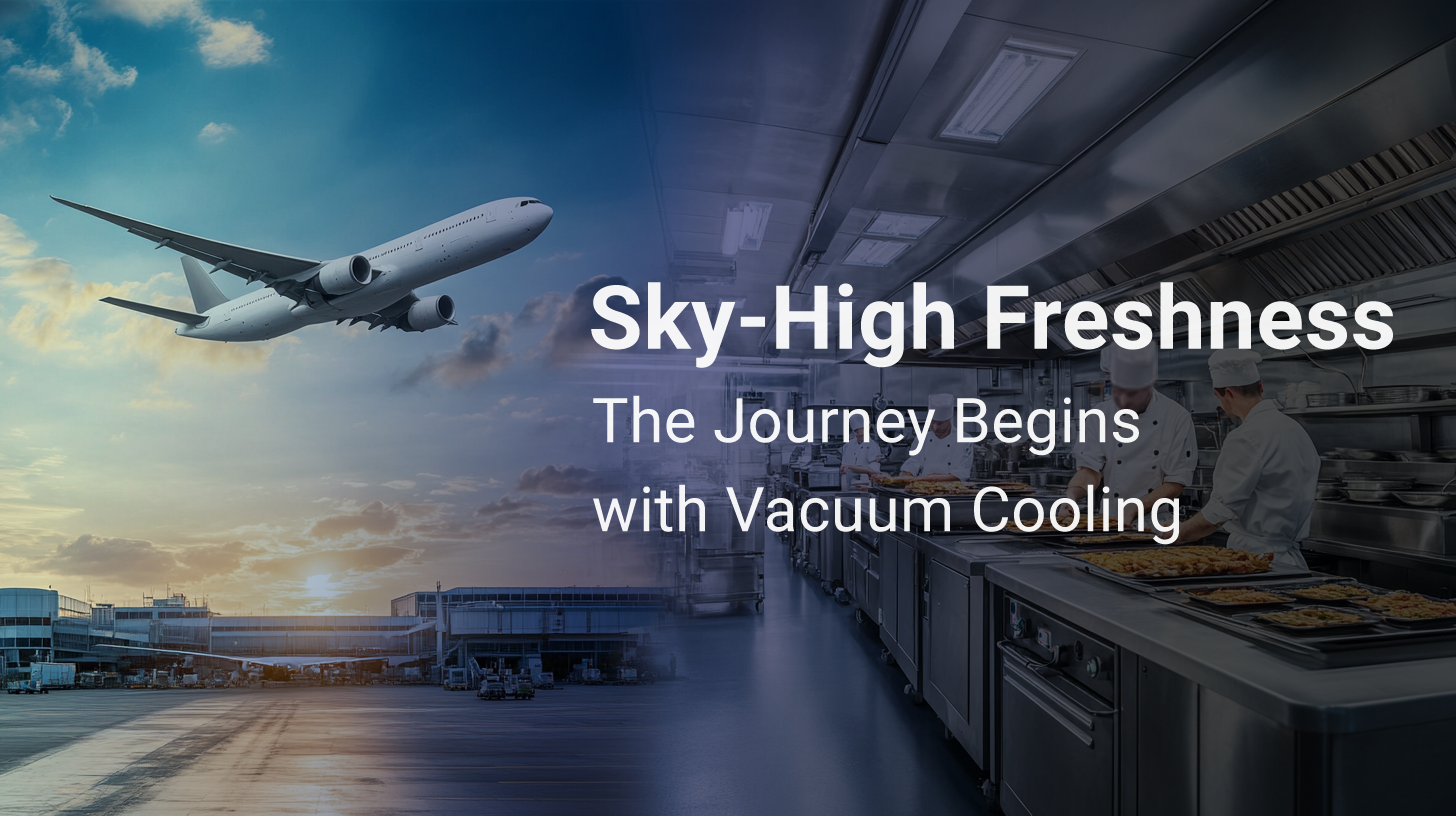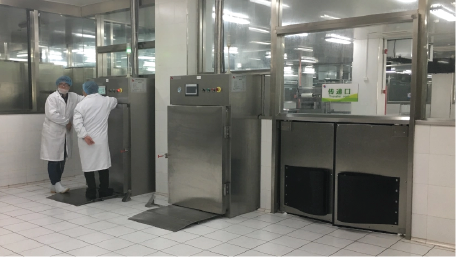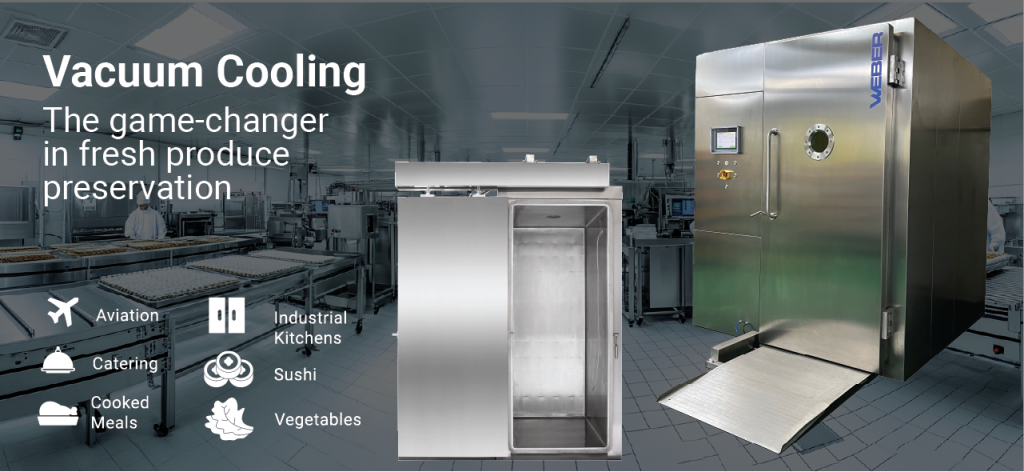
Imagine you’re on a long-haul flight, eagerly anticipating your meal. It arrives, hot and fresh, tasting as if it was just prepared moments ago. But here’s the catch—those meals were likely cooked days before your flight. How do airlines manage to serve fresh-tasting meals after they’ve been prepared in advance? The answer lies in the cutting-edge technology vacuum cooling.
In the high-stakes world of airline catering, delivering fresh meals is not just about customer satisfaction—it’s about safety and efficiency. Every meal needs to meet stringent standards for taste, texture, and safety, especially when they are served thousands of miles from their preparation kitchen. For airlines, preparing meals ahead of time is essential for managing logistics. But cooling those meals safely and quickly? That’s the real challenge.
For decades, airline kitchens relied on conventional cooling methods like blast chillers, which work by circulating cold air to cool food. While effective, this method takes time—time that can compromise freshness and food safety. This is where vacuum cooling comes in as a game-changer.
Vacuum cooling uses a different approach by lowering the atmospheric pressure around the food. When air pressure is reduced, water in the food evaporates at a lower temperature, rapidly removing heat. What would normally take hours using traditional cooling methods can now be done in minutes, without sacrificing quality. This method locks in moisture, preserves texture, and—most importantly—ensures the food remains safe for consumption during long-haul flights.
For airlines, this means meals can be cooked ahead of time, cooled quickly, and stored safely without losing their freshness. Not only does this lead to a higher-quality dining experience for passengers, but it also reduces food waste, which has been a significant challenge in the industry.
Beyond the skies, vacuum cooling has made waves in food production, particularly with companies that produce cooked meals in bulk. Whether it’s a prepared meal for grocery store shelves or a catered event with thousands of guests, the cooling process can make or break the entire operation.
Take, for example, a food production facility preparing ready-to-eat meals. Time is money, and every extra minute spent cooling food can delay packaging, increase energy consumption, and compromise food safety. Vacuum cooling not only speeds up this process but also maintains the quality and nutritional integrity of the meals.
By cooling cooked meals in mere minutes, food producers can ensure that their products retain the moisture, flavor, and nutrients that consumers expect. This technology has enabled companies to scale their operations while maintaining strict quality control, meeting industry standards for food safety, and ensuring a longer shelf life for their products.
The benefits of vacuum cooling for airlines and food producers extend far beyond speed. Let’s take a closer look at why this technology is rapidly gaining popularity:

In an industry where time, quality, and safety are paramount, vacuum cooling is fast becoming the go-to solution for airlines and food producers alike. By adopting this innovative technology, businesses can streamline their operations, reduce waste, and deliver better products to their customers.
At Heuch Cooling Solutions, we specialise in customised vacuum cooling solutions for businesses of all sizes. Whether you are catering for airlines or producing meals for retail, our expert team can help you integrate vacuum cooling into your processes, so you can achieve better results faster. Email us at cool@heuch.com.au or call us today on 1300 001 952.


